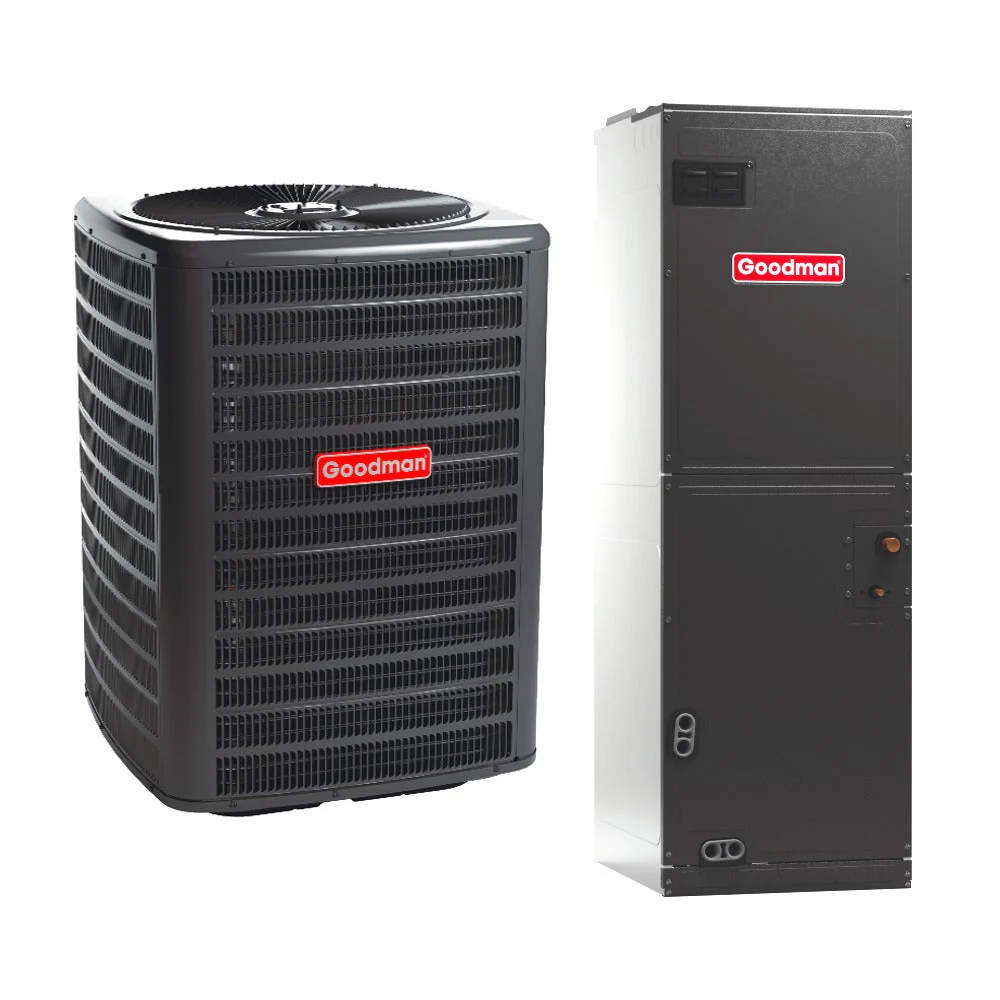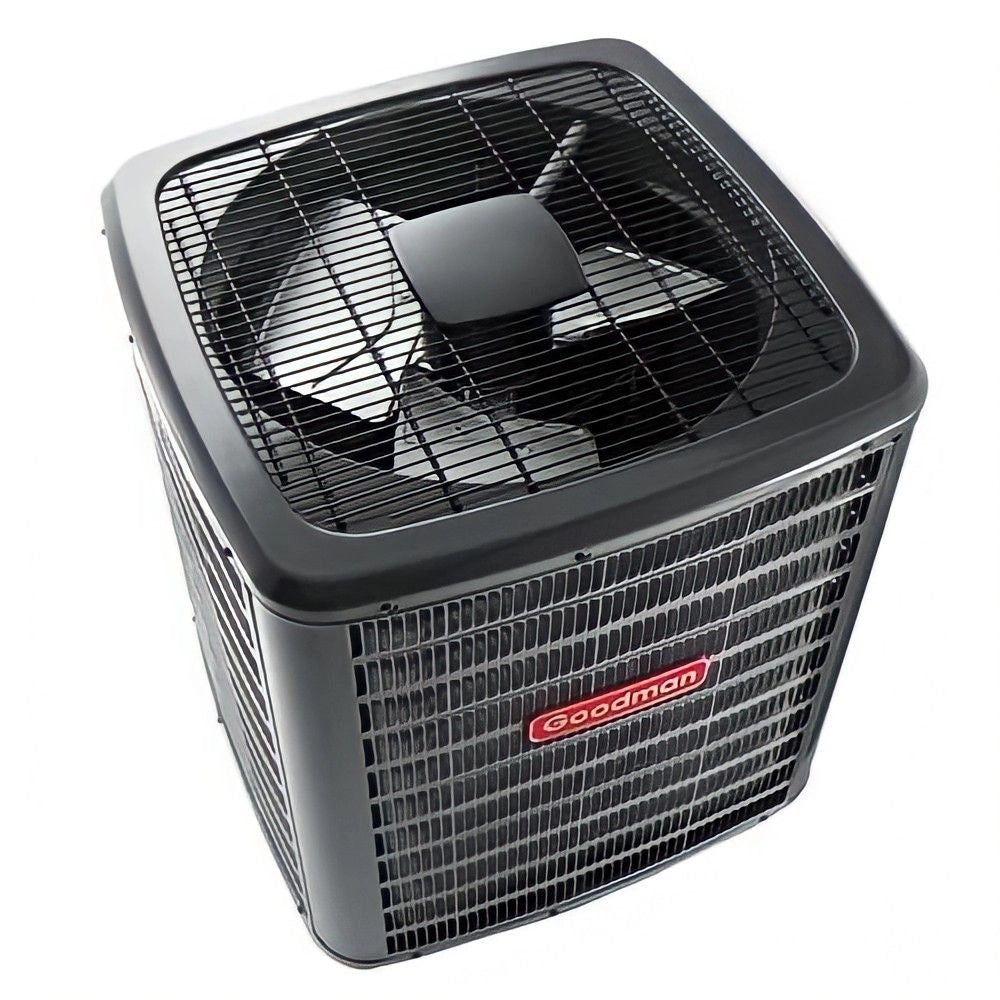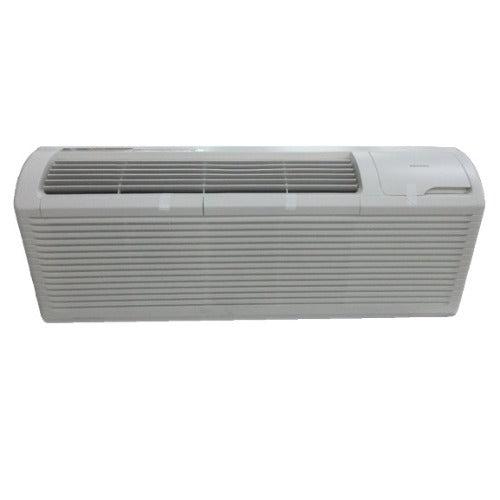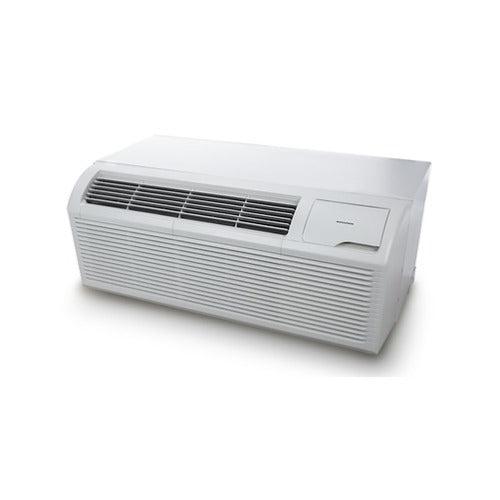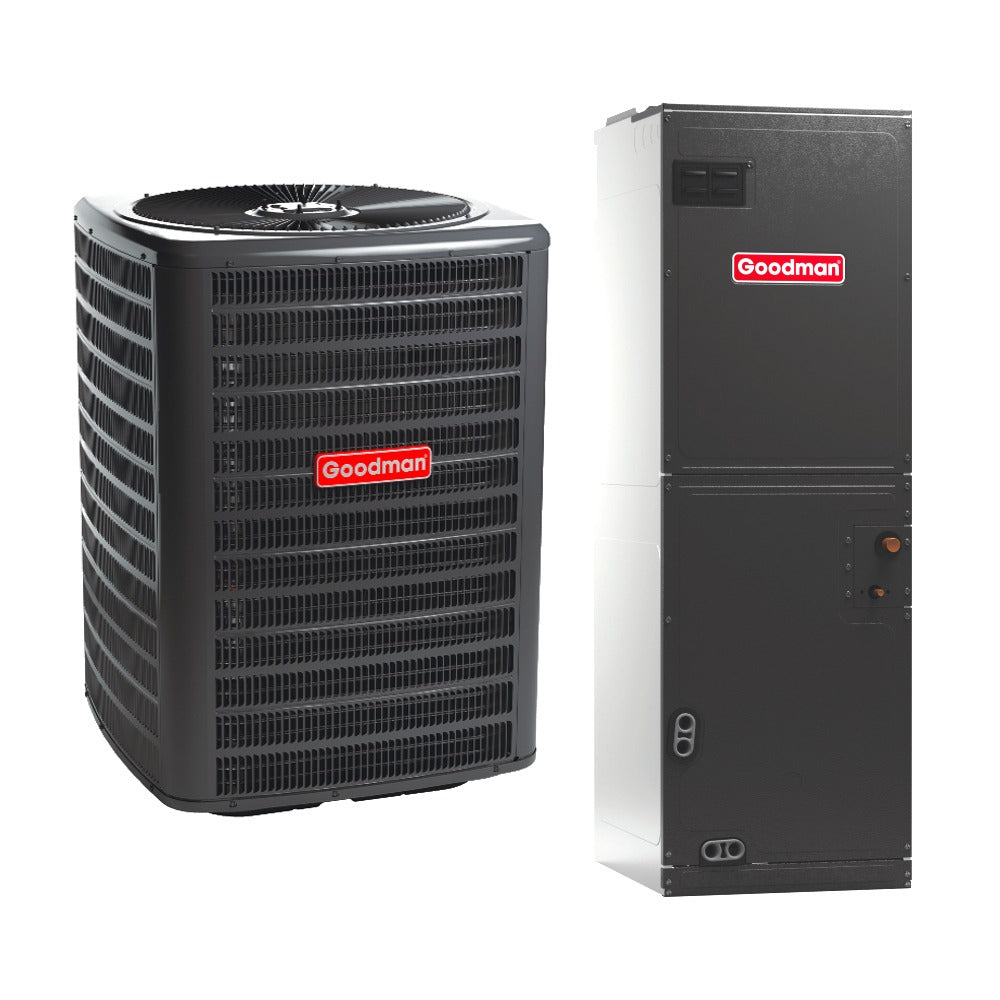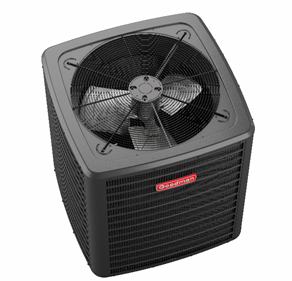Gone are the days of being tethered to a remote control. With the evolution of HVAC technology, homeowners can now operate their cooling systems using an air conditioner app—giving them total control from anywhere in the world. Whether you're interested in managing your air conditioner with phone access or exploring the latest AC app features, this guide outlines the best tools, compatible units, and key advantages of mobile-controlled air conditioning.
What Is an Air Conditioner App?
An air conditioner app is a mobile application that connects your AC unit to your smartphone via WiFi or Bluetooth. These apps allow you to:
-
Power your unit on/off remotely
-
Adjust temperature and fan speed
-
Set schedules and timers
-
Monitor energy consumption
-
Receive maintenance alerts
For more on how smart climate control works, visit the U.S. Department of Energy’s Smart Thermostat Guide.
Benefits of Controlling Your Air Conditioner with Phone
1. Remote Access from Anywhere
Adjust your cooling settings from the office, gym, or even while traveling abroad. All you need is internet access.
2. Improved Energy Efficiency
Use scheduling and geofencing to prevent wasted energy. Most AC apps support energy-saving modes that learn your preferences.
3. Smart Home Integration
Leading air conditioner apps sync with Amazon Alexa, Google Assistant, and Apple HomeKit for voice control and automation routines.
4. User-Friendly Interfaces
Most apps offer intuitive dashboards with real-time temperature feedback, weekly programming, and remote diagnostics.
Top Air Conditioner Apps & Compatible Units in 2025
1. LG ThinQ App
-
Works with LG’s smart window and portable ACs
-
Offers remote control, scheduling, and energy reports
-
Learn more at the LG ThinQ official page
2. Midea Air App
-
Compatible with Midea’s U-shaped and portable smart air conditioners
-
Features include voice control, smart scheduling, and performance tracking
-
See models supported on Midea’s smart cooling hub
3. Frigidaire Smart App
-
Designed for Frigidaire Gallery and Cool Connect smart ACs
-
Allows easy monitoring, multi-room management, and customizable alerts
-
Explore more via Frigidaire’s Connected Room AC guide
4. GE SmartHQ App
-
Powers GE's smart window air conditioners
-
Provides remote access, filter reminders, and integration with voice assistants
-
Learn about features at the GE Appliances SmartHQ page
How to Set Up an AC App
-
Install the App: Download your unit’s companion app from the App Store or Google Play.
-
Connect to WiFi: Ensure your AC is powered on and follow in-app instructions to pair with your home network.
-
Register Your Device: Create an account and register your air conditioner.
-
Customize Settings: Set schedules, enable geofencing, and sync with voice assistants.
For setup help, consult your manufacturer’s official support or refer to CNET’s smart air conditioner setup guide.
Choosing the Right AC App for Your Needs
When selecting an AC app, consider the following:
-
Compatibility: Ensure your air conditioner model supports app connectivity
-
Features: Look for multi-zone control, energy tracking, and smart routines
-
User Reviews: Check ratings in app stores for stability and usability
-
Privacy & Security: Opt for apps with secure cloud platforms and two-factor authentication
Final Thoughts
Whether you're interested in a new smart unit or upgrading your existing one, managing your air conditioner with phone access adds convenience and savings. With robust features from leading brands and seamless integration with smart ecosystems, today's air conditioner app technology is making climate control smarter than ever.
Looking to find the best unit for your needs? Check out Wirecutter’s guide to the best smart ACs for expert recommendations and comparisons.

